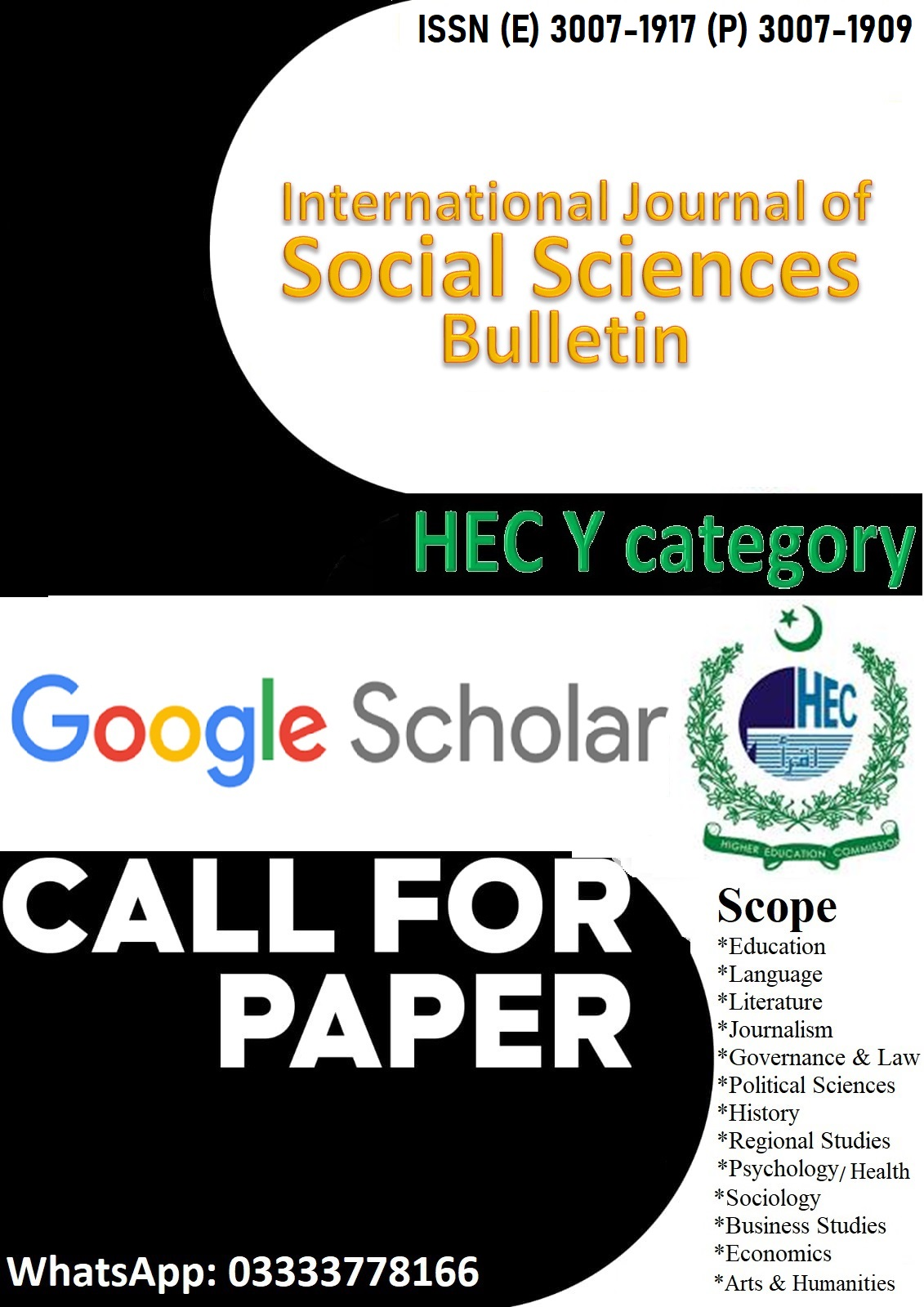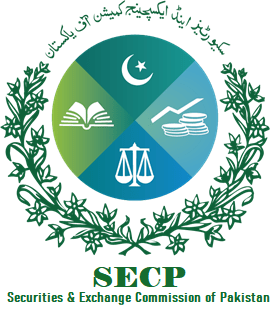PROMPT LEADERSHIP: REDEFINING MANAGERIAL AUTHORITY AND CREATIVITY IN THE AGE OF GENERATIVE AI
Keywords:
Generative AI, leadership, managerial authority, creativity;, internal marketing, HRM, PakistanAbstract
The advent of large language models (LLMs) and generative AI has transformed workplaces by automating routine tasks and enabling creativity. In this paper, we introduce the concept of the “Prompt Leader,” a managerial role that leverages strategic prompting of AI tools to enhance organizational creativity and authority. We focus on educational organizations in Pakistan, where AI adoption is rising (Majeed et al., 2024; University Survey, 2023). Drawing on marketing and HRM literatures—such as employer branding and co-creation (internal marketing), and talent management and HR tech—we build a theoretical framework grounded in the Resource-Based View, Signaling Theory, Social Exchange Theory, and Dynamic Capabilities. We propose hypotheses linking strategic prompting by leaders to outcomes of enhanced creative performance and reshaped managerial authority. Using a quantitative survey of n=300 Pakistani education managers, we measure constructs (validated scales) for AI prompting usage, managerial creativity, and perceived authority. Structural equation modeling tests the model. We anticipate results showing that leaders who skillfully prompt AI tools report higher creative outputs (Sun et al., 2025) and stronger perceived authority among subordinates (Hillebrand et al., 2025). These findings have theoretical implications for integrating AI into leadership and marketing/HRM theory (e.g., internal brand ambassadorship, employee empowerment) and practical implications for training managers in prompt engineering. Limitations include cross-sectional design and self-report data; future work might test longitudinal effects. Overall, we demonstrate that “prompt leadership” is a novel capability redefining managerial roles in the GenAI era.
Downloads
Published
Issue
Section
License

This work is licensed under a Creative Commons Attribution-NonCommercial-NoDerivatives 4.0 International License.

















